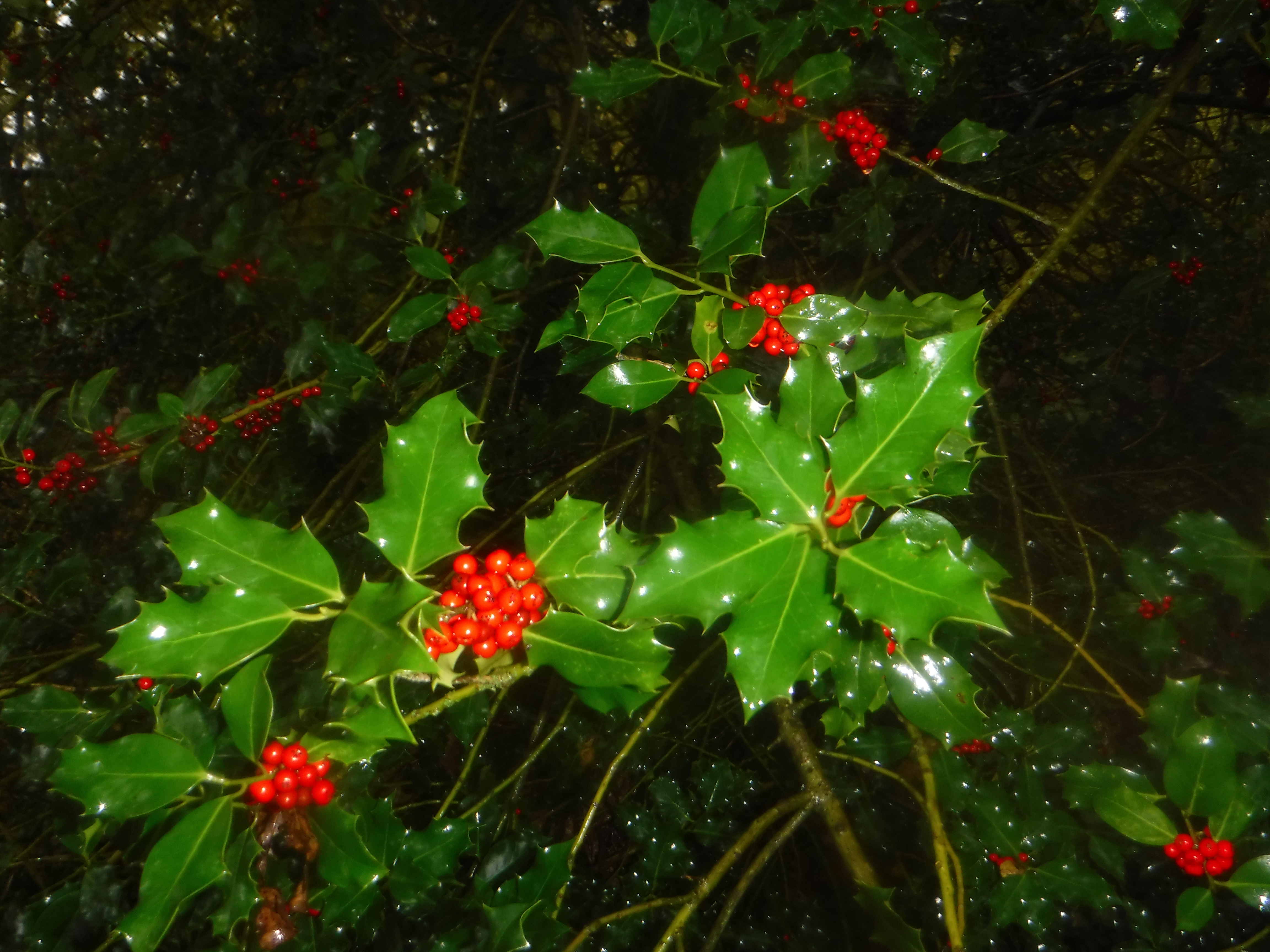
Total monthly rainfall: 170 millimetres. Maximum daily rainfall: 29.5 millimetres (3rd October).
There were 14 days when measurable rain fell, and 20 days when cloud-cover was 100% for at least part of the day.
Maximum temperature on the warmest day was 19C on the 9th October. Maximum temperature on the coldest day was 12C on October 21st. There were 24 days when the temperature reached 15C or above.
Strong-to gale-force winds persisted for 10 days; fog or heavy mist for 5 days between the 12th and 25th, and there was overnight frost on the morning of the 22nd
The 65 wildflower species already recorded this year increased to 66 with the discovery of some corn mint recorded on 28th October. This is a new discovery for us beside a recently dredged out drainage ditch – obviously old seed trapped in the mud many years ago. Only 21 wildflower species were still in bloom at the end of October.
Ripe conkers on the horse chestnut tree began to fall on the 1st October, and ivy flowers began releasing pollen on the 5th. Holly berries became fully ripe on the 29th.
-
 Clouded yellow butterfly last sighting
Clouded yellow butterfly last sighting
Clouded yellow butterfly last sighting
Clouded yellow butterfly last sighting
-
 Oak leaves with autumn colours
Oak leaves with autumn colours
Oak leaves with autumn colours
Oak leaves with autumn colours
-
 Ripe holly berries
Ripe holly berries
Ripe holly berries
Ripe holly berries
https://www.kentfieldclub.org.uk/news/little-barton-farm-wildlife-notes/nature-notes-october-2021#sigProId76b5470993
We did not add to the 25 butterfly species already seen here this year, but of these, we only saw a clouded yellow on the 3rd, comma and small tortoiseshell on the 22nd and red admiral on hebe and apple drops until the end of October.
We have had a poor year recording moths, with none at all on fence-posts (usually a prolific source), and few in lighted porches or on lighted windows. We have, however spotted three probable November moths in flight among the woodland margins from the 26th, bringing our total to 27 species for the year so far.
Our 20 dragonfly species seen this year ended with only 3 species still on site at the end of October. We lost brown hawker and ruddy darter on the 3rd, leaving us with migrant hawker, common darter, and willow emerald damselfly going into November.
Flocks of Canada geese regularly flew over, called-to by our white gander. Sometimes they landed and stayed for a while. About 200 starlings continued their wonderful evening murmuration here, landing back and forth on their favourite old oak tree in the hedge, and overflowing along the electricity cables behind.
The grey heron continued to visit almost daily and a buzzard flew slowly over our fields on sunny afternoons. The big surprise was a visit from a golden eagle to the hedgerow oak on November 24th. Our daughter Diana tried to creep close enough to get a picture, but it saw her and made a hasty departure. Finally, a small flock of common gulls passed over on the 26th.
Progress to autumn colours has been late this year – the main exception being our island poplar, which showed first signs of yellowing leaves on October 1st, and was bare by the 19th. Horse chestnut leaves turned brown by the 10th, but plenty of leaves still remained by the end of the month. Between the 11th and 16th October hazel, hornbeam, hawthorn and field maple all showed varying degrees of yellow leaf-tint.
Strong winds on the 29th brought down many leaves all around the property, and some oak leaves started to show autumn colours for the first time.

